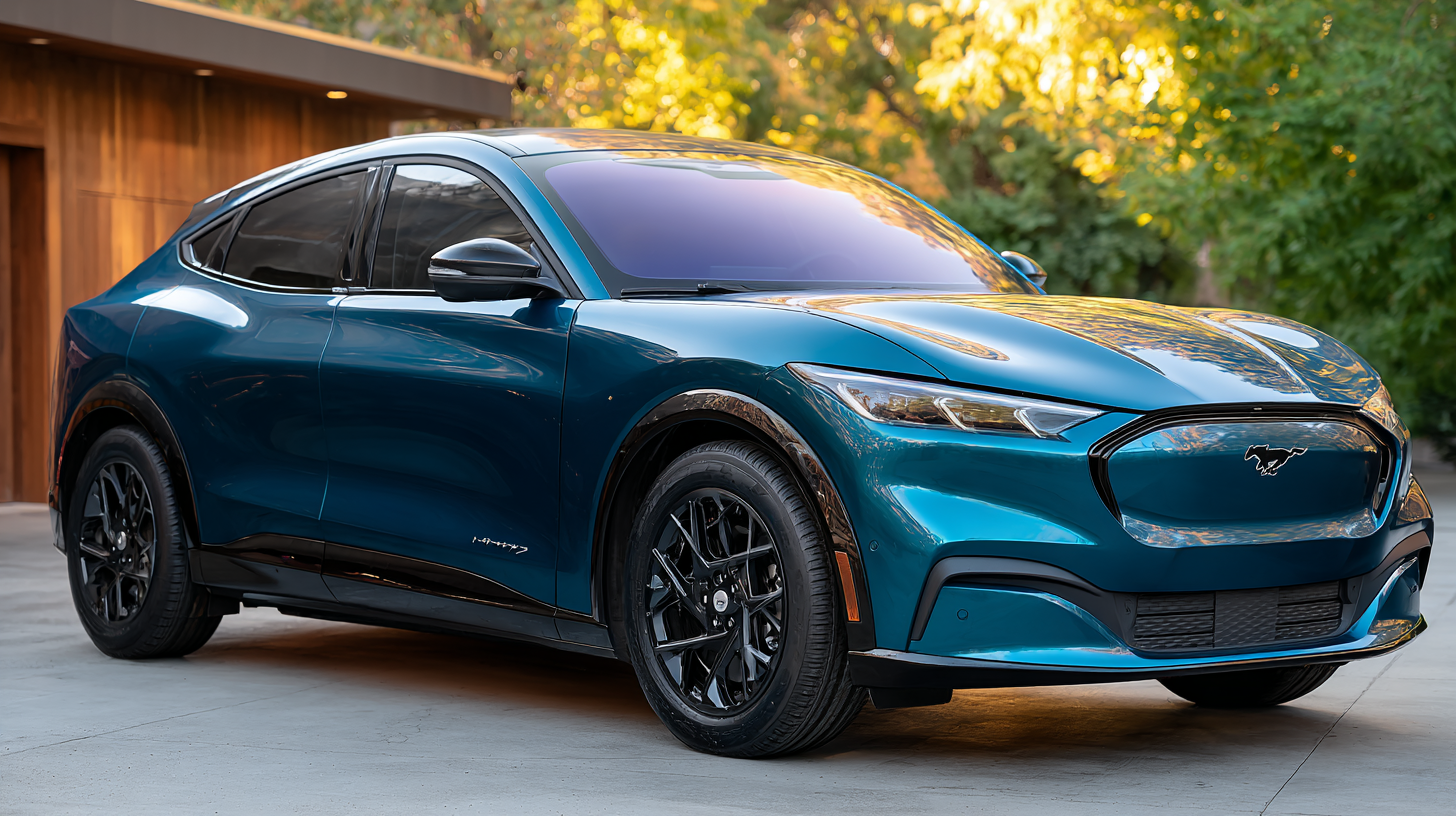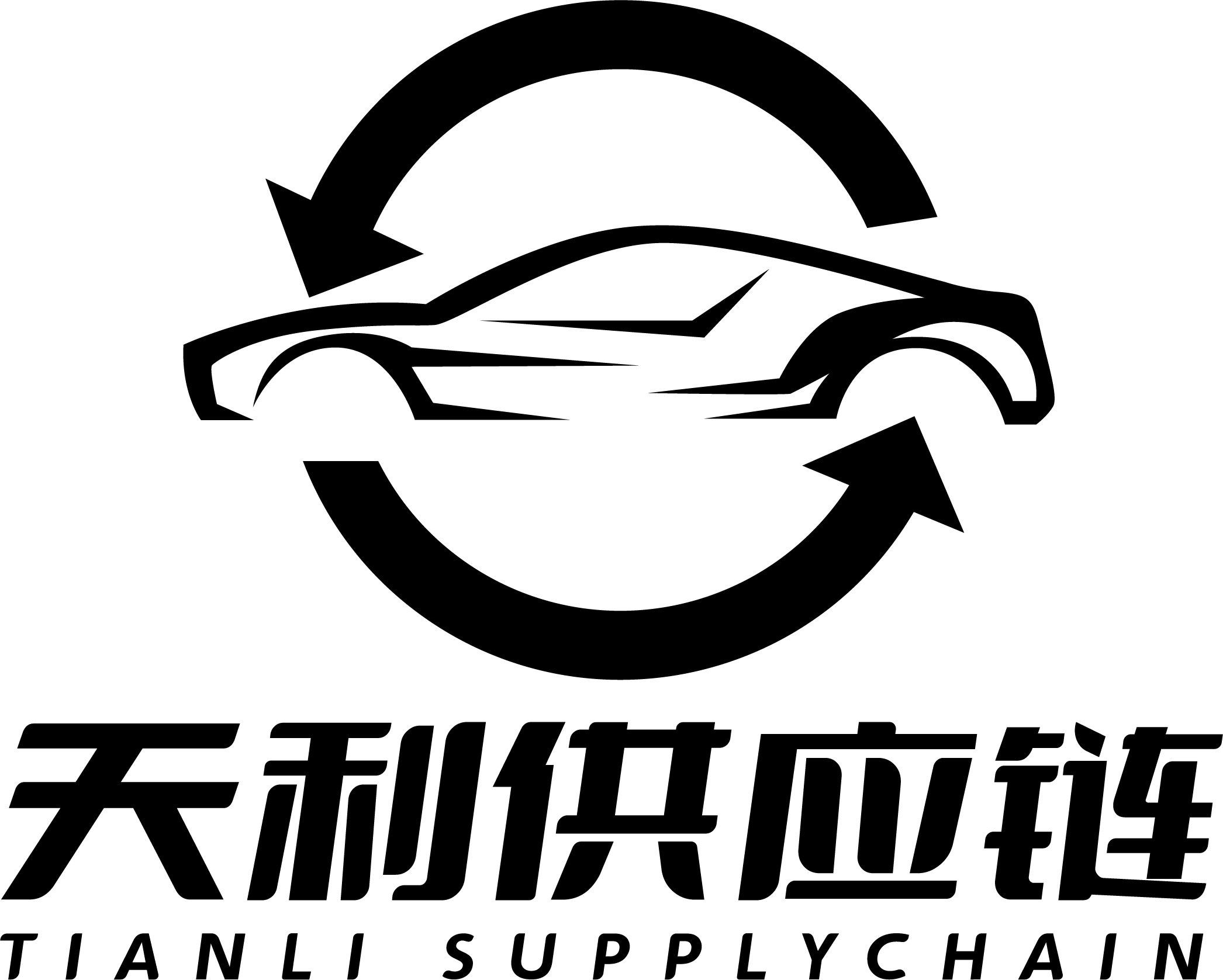The shift towards electric vehicles (EVs) is accelerating as governments and consumers alike prioritize sustainability and cost-effectiveness. As of 2023, global electric car sales have surged, with a remarkable 40% increase reported by the International Energy Agency (IEA) in the past year alone. However, affordability remains a critical barrier for many potential buyers, especially in emerging markets. According to a recent BloombergNEF report, the quest for the "Most Affordable Electric Car" is essential, as prices need to drop below the $20,000 mark for EVs to achieve widespread adoption. This shift not only influences consumer choices but also drives manufacturers to innovate in sourcing strategies, aiming to balance quality and cost. In this blog, we will explore the top strategies for sourcing the most affordable electric car for global markets, highlighting key partnerships, technology advancements, and market trends that are shaping the future of affordable electric mobility.

When sourcing affordable electric cars for global markets, several key factors must be considered to ensure success in an increasingly competitive landscape. One crucial aspect is understanding regional consumer preferences and market dynamics. With electric vehicle (EV) sales expected to reach 20 million by 2025, knowing the specific needs of consumers in different markets can help manufacturers tailor their offerings effectively. For example, affordability remains a significant driver for adoption, especially in emerging markets where budget-conscious consumers seek value for money.
Additionally, the importance of scalability in production cannot be overstated. Companies must develop strategies to streamline their manufacturing processes and reduce costs while maintaining high-quality standards. Innovations in battery technology and sourcing of materials can directly impact the final pricing of electric vehicles, making it essential to forge strong partnerships with suppliers. As major players in the industry shift their electrification strategies to improve profitability, understanding the financial implications of sourcing decisions will be vital for navigating the transition to electric mobility successfully.
The electric vehicle (EV) market is rapidly evolving, with innovative manufacturing techniques playing a crucial role in reducing costs and enhancing affordability for global consumers. According to a recent report by BloombergNEF, the cost of lithium-ion batteries has dropped nearly 89% since 2010, reaching an average of approximately $137 per kilowatt-hour in 2020. This significant decrease is primarily attributed to advancements in battery technology, including new chemistries and improved production processes, making electric cars more accessible to a wider audience.
Moreover, manufacturers are increasingly adopting automation and smart manufacturing practices. A study by McKinsey indicates that implementing these techniques can reduce production costs by up to 30%, enabling companies to offer competitive pricing in the growing EV marketplace. Technologies such as 3D printing and modular vehicle design allow for more efficient use of materials and streamlined assembly processes, further driving down costs. As these innovative strategies continue to develop, the potential for affordable electric vehicles will increase, benefiting global markets and accelerating the transition to sustainable transportation.
The demand for electric vehicles (EVs) is strongly influenced by regional market preferences, which is critical for manufacturers aiming to source affordable electric cars for diverse global markets. Different regions exhibit varying requirements when it comes to EV features, with factors such as infrastructure, consumer preferences, regulatory policies, and economic conditions playing a significant role. For instance, European markets often emphasize advanced technology and sustainability, while emerging economies might prioritize cost-efficiency and practicality. Understanding these distinctions can help manufacturers tailor their offerings to meet specific market demands, ultimately driving sales and fostering customer loyalty.

In addition, the increasing focus on emissions reduction is shaping the features that consumers expect from electric vehicles across different regions. Markets in Asia, particularly India, are witnessing a surge in demand for electric buses, propelled by urbanization and pollution control measures. Meanwhile, Europe is seeing advancements in driver-assistance technologies integrated into EVs, reflecting a burgeoning interest in safety and convenience. By aligning product development with regional preferences and leveraging local insights, manufacturers can not only create more appealing offerings but also capitalize on the projected growth of the electric vehicle market, which is expected to soar from $671.47 billion in 2024 to nearly $1.9 trillion by 2032.
As the global electric vehicle market continues to expand, evaluating supplier partnerships becomes crucial for cost-effective production strategies. With the anticipated growth of the global vehicle subscription market, reaching $92 billion in 2024 and soaring to $791 billion by 2032, companies need to strategically source components while navigating potential supply chain disruptions. The recent imposition of a 25% tariff on imported vehicles and parts in the U.S. has already caused ripples, particularly affecting Japanese and Korean manufacturers, highlighting the importance of resilient supplier relationships.

In this fiercely competitive landscape, establishing robust collaborations with suppliers can lead to significant cost savings and efficiency improvements. As manufacturers seek to minimize production costs, exploring innovative materials and technologies, such as advancements in battery technology—like lead-acid batteries—will be essential. The lead-acid battery market itself is projected to grow substantially, emphasizing the opportunities for manufacturers to leverage supplier expertise in developing more affordable electric vehicles without compromising quality. By focusing on effective supplier partnerships, companies can not only enhance their market position but also meet the growing demand for sustainable transportation solutions globally.
When sourcing affordable electric vehicles (EVs) for global markets, leveraging government incentives and grants can significantly enhance cost-effectiveness. Many governments worldwide offer financial support to encourage the adoption of clean energy vehicles. This support can take various forms, including subsidies for manufacturers, tax credits for consumers, and grants for research and development. To make the most of these opportunities, businesses should stay informed about local and international policies that promote EV production and sales.
Tip 1: Research regional incentives thoroughly. Different countries and even states within a country can have unique programs designed to spur EV adoption. Understanding these variations can help in identifying the most fruitful markets for sourcing.
Tip 2: Collaborate with local governments. Establishing partnerships with government entities can provide insights into available grants and assistance programs while potentially increasing the chances of receiving funding. Engaging in dialogues with policymakers can also help shape future incentives to benefit your sourcing strategies.
By strategically utilizing these financial resources, companies can better position themselves in the competitive EV market while promoting sustainable transportation.
